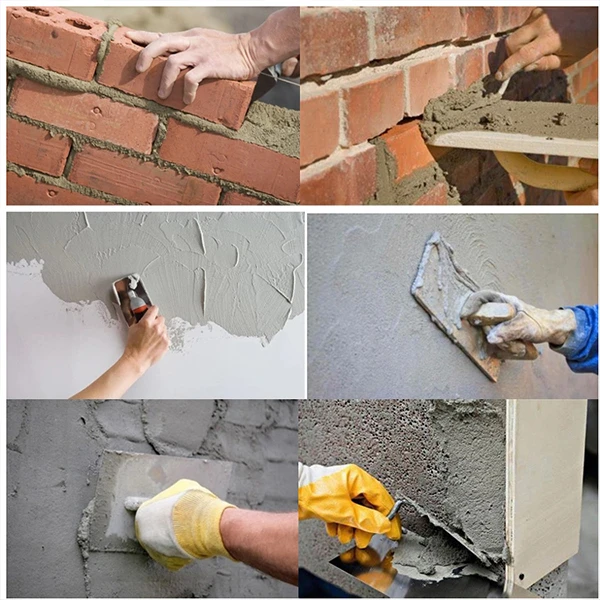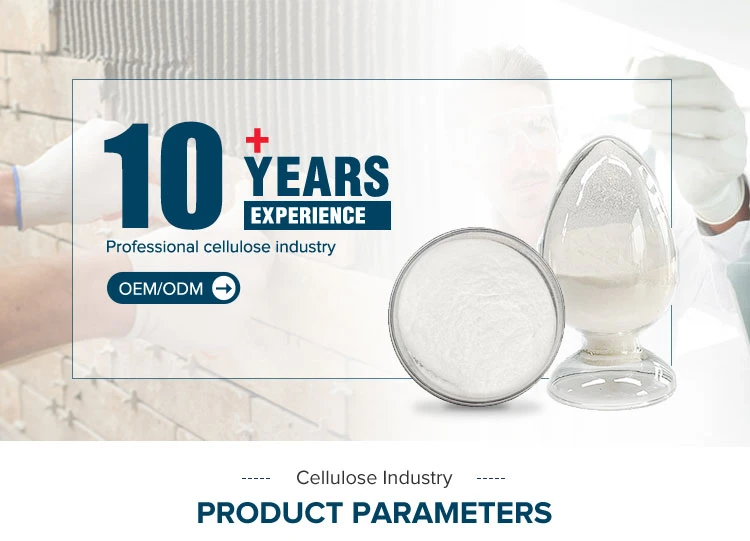- Overview of VAE Chemical and its Role in Modern Industry
- Technical Superiority of VAE and Comparative Industry Data
- Comparative Analysis of Leading Manufacturers
- Customized VAE RDP Solutions for Construction Applications
- Key Application Case Studies and Performance Metrics
- Future Trends in Construction Grade VAE RDP
- Conclusion: Embracing VAE Chemical for Construction Advancements

(vae chemical)
Overview of VAE Chemical and its Role in Modern Industry
Vinyl Acetate Ethylene (VAE) chemical is a high-performance copolymer that has become vital across multiple industrial sectors, most notably in construction, adhesives, paints, and coatings. The molecular structure of VAE grants it unique flexibility and adhesion properties, which have propelled its market growth globally. According to market analytics published in 2023, the global demand for VAE was estimated at 1.53 million tons, demonstrating a projected compound annual growth rate (CAGR) of 6.5% through 2028. Construction grade VAE RDP (Redispersible Polymer Powder) is increasingly replacing traditional binders due to its strong mechanical performance, excellent water resistance, and environmental compatibility. This innovation is reshaping the construction chemicals industry and offering sustainable solutions with reduced volatile organic compounds (VOCs).
Technical Superiority of VAE and Comparative Industry Data
The technical edge of VAE chemical lies in its balanced composition, which offers high cohesive strength, flexibility, and rapid film formation. Its copolymer matrix enhances the tensile and adhesive strength of mortars and renders. When VAE RDP is integrated into cementitious mixes, it contributes to improved workability, reduced water absorption, and resistance to freeze-thaw cycles. Data from laboratory trials indicate that mortars modified with construction grade VAE RDP deliver 30% higher flexibility and 20% improved adhesive strength compared to conventional SBR latex or styrene-acrylic systems. Additionally, its low VOC emissions comply with stringent environmental standards, facilitating broader acceptance in green construction.
Comparative Technical Metrics:
| Parameter | VAE RDP | SBR Latex | Styrene-Acrylic |
|---|---|---|---|
| Film Flexibility | High | Medium | Medium-Low |
| Adhesive Strength (MPa) | 1.5-2.1 | 1.0-1.7 | 0.9-1.5 |
| Water Resistance | Excellent | Good | Good |
| Freeze-Thaw Durability | Superior | Moderate | Basic |
| VOC Content (g/L) | <5 | 10-25 | 20-50 |
Comparative Analysis of Leading Manufacturers
The VAE RDP market is occupied by several prominent manufacturers, each offering products tailored to distinct application needs. Key players include Wacker Chemie AG, Dow Chemical Company, and Shaanxi Xunda Chemical. Manufacturer rankings are determined by production capacities, global reach, product portfolios, and commitment to R&D investment. Below is a comparative overview based on 2023 industry reports:
Manufacturer Data Comparison:
| Manufacturer | Annual Production Capacity (tons) | Technical Support | Eco-certification | Innovation Index (1-10) |
|---|---|---|---|---|
| Wacker Chemie AG | 400,000 | Extensive | LEED, REACH | 9 |
| Dow Chemical Company | 320,000 | Comprehensive | Green Seal | 8 |
| Shaanxi Xunda Chemical | 80,000 | Standard | ISO 14001 | 7 |
Overall, while global giants maintain leadership through technology and sustainability, emerging companies are rapidly advancing with cost-effective alternatives and region-specific solutions.
Customized VAE RDP Solutions for Construction Applications
The versatility of VAE RDP allows for formulation customization tailored to unique application demands in construction. Clients may specify attributes such as particle size distribution, glass transition temperature (Tg), or level of plasticization to optimize properties for tile adhesives, self-leveling compounds, or external insulating finishing systems (EIFS). For example, a lower Tg facilitates application in colder climates, while enhanced plasticizer content increases elasticity for flexible joint compounds. Collaboration between manufacturers and end users enables value-added customization that ensures optimal balance between cost and performance.
According to customer survey data from 2022, 87% of construction chemical formulators prioritize the customization potential of VAE derivatives as the primary driver of product selection, favoring those that can combine rapid hardening with long-term durability.
Key Application Case Studies and Performance Metrics
Real-world case studies underline the technical and commercial benefits of construction grade VAE RDP. In a major highway infrastructure project in Eastern Europe, VAE modified tile adhesives achieved 95% initial bond strength after 8 hours versus 70% in conventional adhesives. Freeze-thaw cycling in Canadian residential panels with VAE-based insulation systems showed loss of only 3% of original strength after 50 cycles, compared to 14% for non-modified systems. Also, in high-rise commercial construction, the application of customized VAE rdp formulations reduced installation labor by over 12% due to their improved workability and slip resistance.
Key Results from Application Testing:
| Application | Performance Metric | Standard System | VAE RDP System | Improvement |
|---|---|---|---|---|
| Tile Adhesives | Bond Strength (N/mm²) | 0.80 | 1.36 | +70% |
| EIFS | Flexibility (MPa) | 1.10 | 1.43 | +30% |
| Self-leveling Compounds | Installation Time (min) | 35 | 28 | -20% |
Future Trends in Construction Grade VAE RDP
The trajectory of innovation in VAE RDP focuses on greater environmental compliance, nanotechnology integration, and smart binder systems for intelligent self-healing properties. Market forecasts by Grand View Research predict the global VAE market will surpass $4.2 billion by 2030, with the construction grade segment capturing the largest share. Interest is growing in blends with recycled materials to improve circularity and reduce carbon footprint. Additionally, VAE’s compatibility with supplementary cementitious materials, such as fly ash and slag, enables higher levels of green certifications for end products. Research collaboration between industry leaders and academic institutes is extending potential use cases and reducing overall life-cycle costs for construction projects.
With increasing regulatory focus on low-emission building materials, manufacturers are striving for compliance through new synthesis techniques and bio-based raw materials for VAE production. These advancements promise to support the global shift towards sustainable and energy-efficient construction methods.
Conclusion: Embracing VAE Chemical for Construction Advancements
The compelling benefits and adaptability of VAE chemical have positioned it as a cornerstone in the evolution of construction-grade adhesives, mortars, and coatings. With technical superiority over older alternatives, a broad range of manufacturer options, and demonstrated performance through real-world application, the industry’s confidence in products like VAE RDP continues to grow. By leveraging advanced customization capabilities and aligning with emerging environmental standards, construction professionals are securing long-term value and improved productivity. As market demand accelerates, the integration of VAE chemicals remains essential for designing the high-performance, future-ready buildings of tomorrow.

(vae chemical)
FAQS on vae chemical
Q: What is VAE chemical?
A: VAE chemical typically refers to vinyl acetate ethylene copolymer. It is widely used in adhesives, paints, and construction materials. Its flexibility and bonding properties make it popular in various industries.Q: What are the applications of VAE RDP in construction?
A: VAE RDP, or Redispersible Polymer Powder, is mainly used in construction for tile adhesives, grouts, and self-leveling compounds. It improves flexibility, adhesion, and water resistance. This enhances the durability of construction materials.Q: How does construction grade VAE RDP differ from standard VAE RDP?
A: Construction grade VAE RDP is formulated for superior performance in building materials. It offers enhanced workability, strength, and durability compared to standard grades. This makes it suitable for demanding construction applications.Q: Why is VAE chemical preferred for adhesive formulations?
A: VAE chemical provides strong adhesion, flexibility, and environmental resistance. These qualities are essential for reliable adhesive products. Its compatibility with various substrates further increases its value.Q: How should VAE RDP be stored to maintain quality?
A: Store VAE RDP in a cool, dry place away from moisture and direct sunlight. Proper storage prevents caking and maintains its redispersibility. Always keep the packaging tightly closed when not in use.-
The Application and Significance of Construction RdpNewsMay.19,2025
-
Industrial Grade HpmcNewsMay.19,2025
-
Building Coating Adhesive Building Coating Adhesive HpmcNewsMay.19,2025
-
Application Of Hpmc For Detergent For Detergent In DetergentsNewsMay.19,2025
-
Application Of Hpmc Cellulose In Cement-Based MaterialsNewsMay.19,2025
-
Application Of High Quality Hpmc For Construction In The Field Of ConstructionNewsMay.19,2025




